Sighting wildlife and birds at Kangaroo Island, South Australia
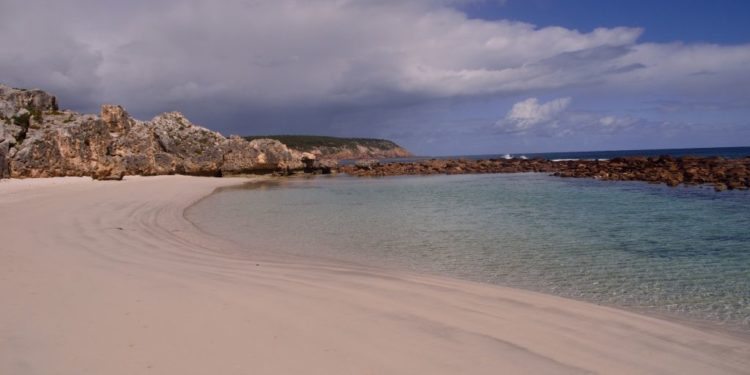
A visit to Kangaroo island
“So what do you think ? Is it a camel or an elephant ?” Nikki teases me. Standing atop a hilltop, right in front of me is a massive rock formation overlooking the sea. It seems like it has been sculpted by an artist who could not make up his mind while carving it.As the bright orange lichen covering the surface of the rocks glows in the rays of the sun, Nikki, my guide tells me that these granite boulders have been shaped by nature more than 500 million years ago. These are the Remarkable Rocks of Kangaroo Island, Australia’s third largest island, located in South Australia.
I stand mesmerized lost in the azure waters of the ocean surrounding the rocks. A group of tourists pose for pictures. Nikki’s voice snaps me out of my reverie as I head back to the bus, listening to more stories of Kangaroo Island or KI as she fondly refers to it.
New Zealand Fur Seals in Kangaroo Island
“There is more to Kangaroo Island than just kangaroos, “ adds Nikki, giving us some delicious muffins. And to prove that, she takes us to see a colony of New Zealand fur seals that are basking in the sun by the cliffs. As I take the boardwalk, the sea opens out in front of me, while the seals are enjoying a snooze or splash by the waters. Nikki points out the Admiral Arch, a stalactite fringed cliff that seems to be the favourite haunt of the seals.
One pair is in the throes of a fight, another pair is mating while the younger pups are frolicking in the water. “Do you want to see some of them up and close ? “Nikki asks and she knows it is a rhetoric question. “Lets head to the Seal Bay. You will see Australian sea lions there,” she adds.
As we drive down, Kangaroo Island fans out in front of us, a montage of expansive cliffs, virgin beaches, thorny scrublands and quiet towns. The island is an ode to quaintness. Even the most densely populated town does not house more than 300 people while the entire island would probably be home to around 5000 people.
This is where the 19th century British explorer Mathew Flinders landed, looking for food and habitation for his crew and he discovered not just the island but the endemic species – the western grey kangaroos which had satiated the hunger of his men. He named it Kangaroo Island after the marsupial, probably as a sign of gratitude, but the island is a treasure trove of marsupials and mammals, besides birds. And from penguins to pelicans, almost every corner of the island is home to these endemic species
Seal Bay Conservation Park, Kangaroo Island
Nikki warns us to be quiet and huddle together as we make our way towards the shore. Suddenly she points to my right. I just see a head pop out from amidst the verdant greenery around me. We walk around and see a sea lion, standing like a statue, with no movement at all. “ I call it the yoga pose, “ whispers Nikki as we head to the beach. The Seal Bay is home to a huge colony of Austalian seal lions who live and breed here. Unlike the New Zealand fur seals, these light brown and beige hued sea lions have taken over the beach completely. There is hardly any other tourist in the bay but us as we take a walk on the beach along with the seals. Some of them walk clumsily dragging their bodies to the shore, while the others are in deep slumber, after probably a hectic day in the sea. One pup scrambles along the sands, looking for his mother. He finds her finally and settles down to suckle.
While most of them are lying in groups on the pristine white sands, a few have walked away and have found hiding places besides rocks. Some young pups are in no mood to sleep and they continue to frolic for a while. I am barely a few feet away from them and they don’t seem to mind the intrusion, lost in their own worlds. And I am lost in mine. The sound of the waves is soothing. For a moment, it is just us and the seals and some sea gulls who have just landed on the shores. Nikki gestures to us and I tear myself away from the sea lions, leaving them to their siesta.
Bird watching in Kangaroo Island
Driving around , we cross some breathtaking vistas of bays straddled by mammoth cliffs and several water bodies. The Australian pelican, apparently the largest of the species stands on some of the rocks flanked by oyster catchers. I see a black swan swimming away. We continue driving and then Nikki suddenly brakes into a halt. Sitting right on the road and feeding on the carcass of a kangaroo are two massive wedge tailed eagles, the largest bird of prey in Australia, more than three feet long with a wingspan of seven feet. However they fly away in a jiffy , even before I can get my camera ready.
Wildlife Sighting in Kangaroo Island
I can barely get over the sighting when a pair of kangaroos crosses the road. Nikki slows down and the landscape changes as we see another kangaroo standing tall, surrounded by a sea of dainty yellow flowers. We drive around a bit and Nikki stops the car and bid us to follow her. Surrounding us is a smattering of sparse vegetation, tall grass, some rocks and bushes. Standing amidst the rocks and curiously looking at us is a mob of kangaroos. They stare at us and we do the same. Curiosity fills us while they seem very alert, watching our every move. We stand there for a while, in awe and then quietly tip toe our way back to the car.
Nikki promises to show us some wallabies after lunch as we sit in the open in The Bush biting into delicious burgers . And who should come calling but a pair of Australian blue wren, the male standing out in the dry landscape, while the female camouflages itself brilliantly in the shrub land. And we have another guest. For curled up, right in the open, camouflaged in the dry yellow grass , showing off its spines is another endemic species – the egg laying mammal called echidna or the spiny ant eater. We tip toe and stand silently at a distance as Nikki warns us that the animal can feel the vibrations as it has electro sensors. It buries its snout in the ground, looking for ants and termites as we watch it from a distance.
We walk around a bit and stop around a grove of eucalyptus trees, native to the island. And there, we see the residents, who sleep for almost 22 hours a day. Curled up in the branches are sleepy koalas, lost in a world of dreams. There is one koala wedged in the branches of every tree . One of them looks at me, its eyes half shut and then it slowly turns around and sleeps.
I remind Nikki about the wallabies and we set off to the wild environs of dry scrubland and bushes. We virtually tip toe, ensuring our feet does not crush the dry branches. The silence echoes. And then we see them, hiding behind the shrubs. They seem shy and yet curious at their new visitors and they willingly pose for us before scurrying away.
Beaches of Kangaroo Island
It is time for us to scurry too. There is a certain raw beauty about this wild island and it remains virtually untouched by man. As we drive, all we see for miles and miles are just patches of forests and scrublands separated by the open expanse of the sea. Finally Nikki says we are in for a surprise. She stops the car in front of a rocky landscape . All I see are tall boulders huddled around each other. We walk towards the end where a tiny tunnel shows itself to us. Crouching and bending, we follow the narrow path and suddenly my eyes are blinded. There is not just light at the end of the tunnel, but a bright blue sea touched by cotton candy clouds, a pristine white beach that greets me . It seems to be a magic world hidden from the view of man, tucked away by nature . I sit there for what seems like an eternity and lose myself in the sound of the waves.
How to get to Kangaroo Island
Kangaroo Island is about three hours by road and sea from Adelaide, the capital of South Australia. You take a bus to Cape Jervis, a journey that takes a couple of hours and then you board a ferry to Penneshaw at Kangaroo Island.
Places to stay in Kangaroo Island
There are several places to stay in Kangaroo Island – from hotels to bed and breakfasts. It is ideal to spend at least a day here . Tours can be booked either from Adelaide or in Kangaroo Island.
More stories from South Australia
Read – Five reasons why you must visit South Australia
Read – A week in South Australia
Read – Adelaide, Australia, where it all began
“

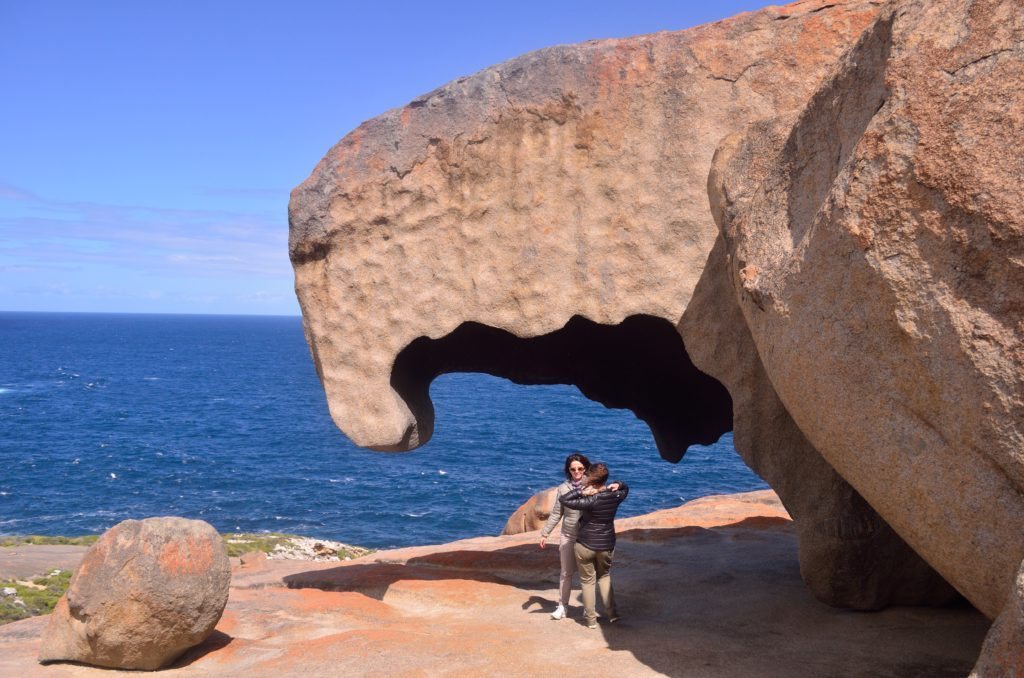
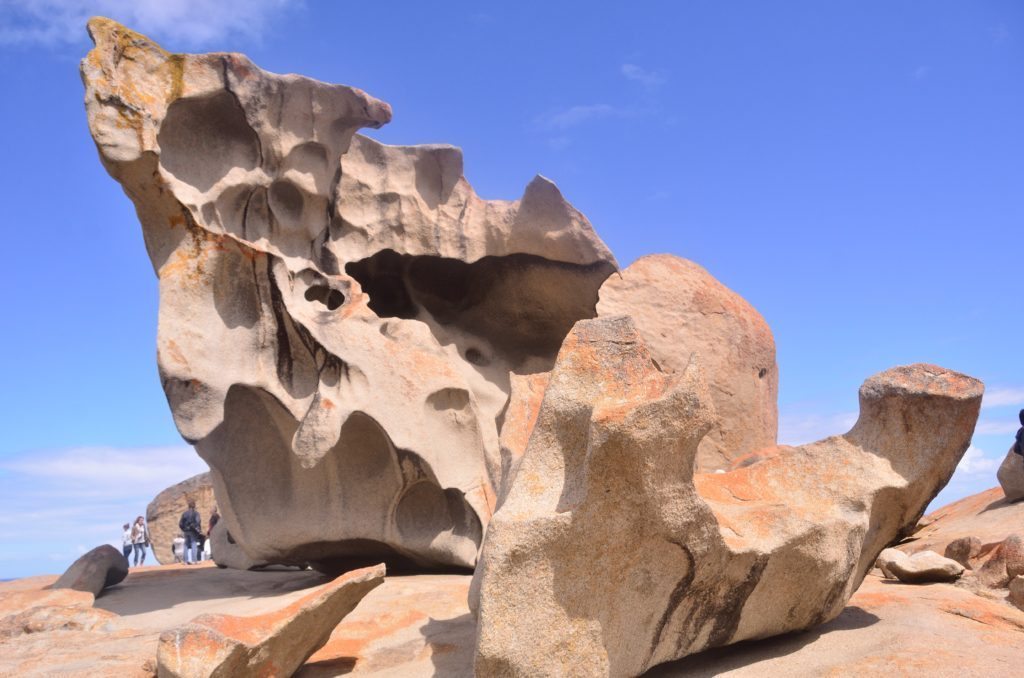
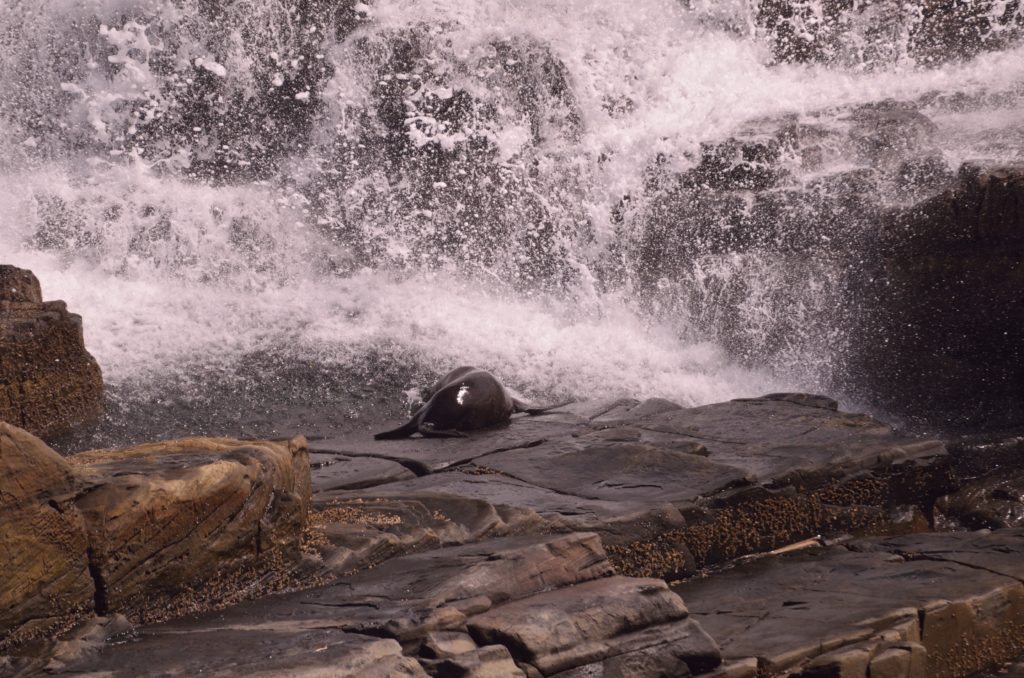
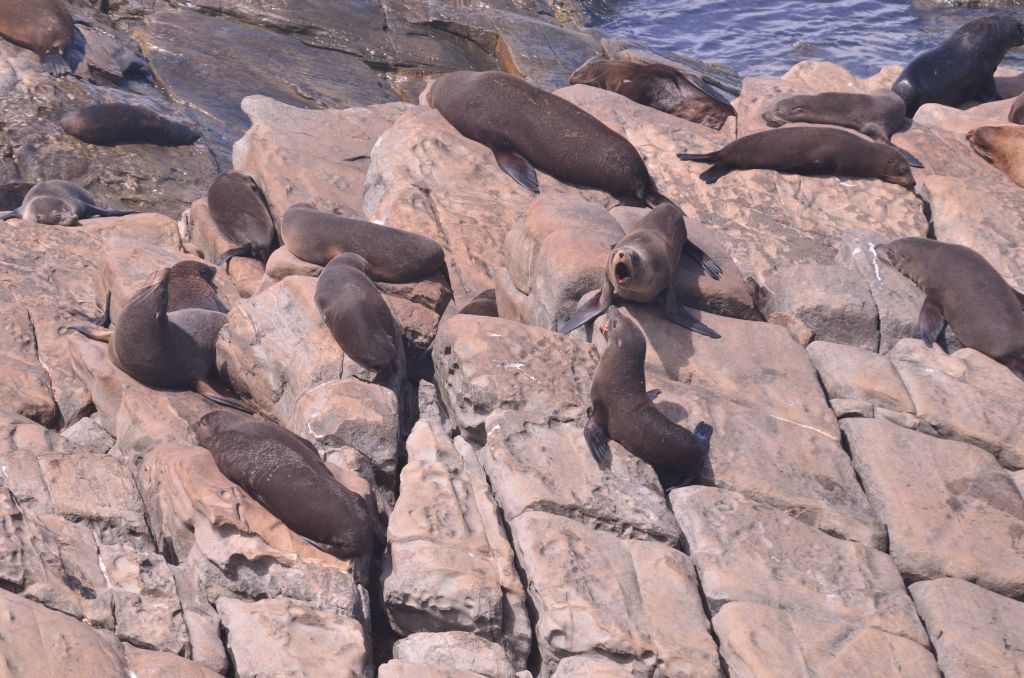
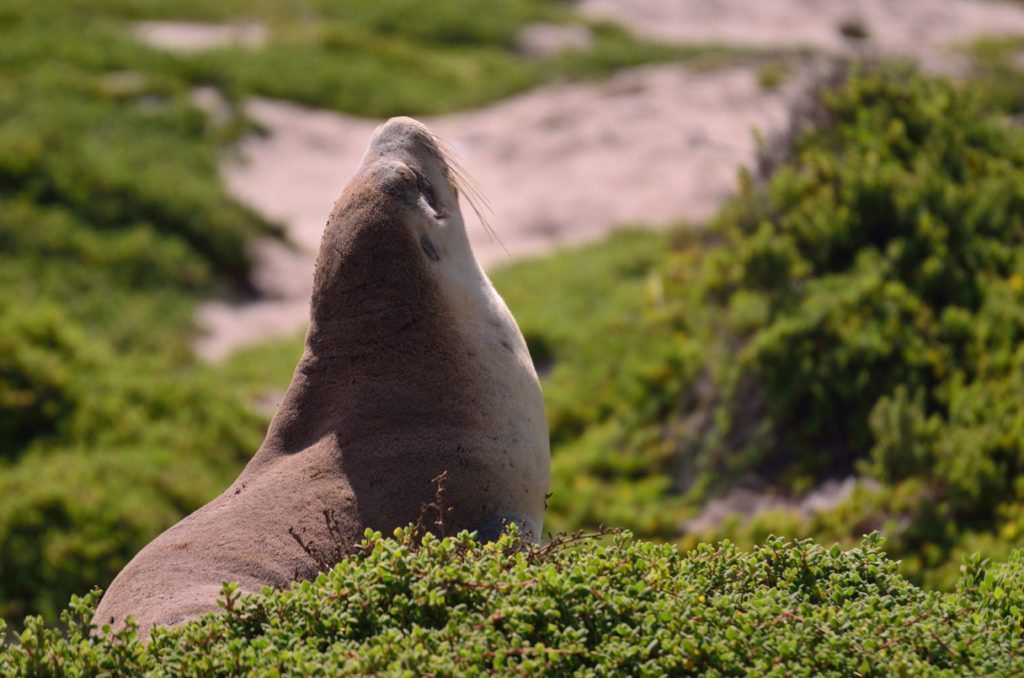
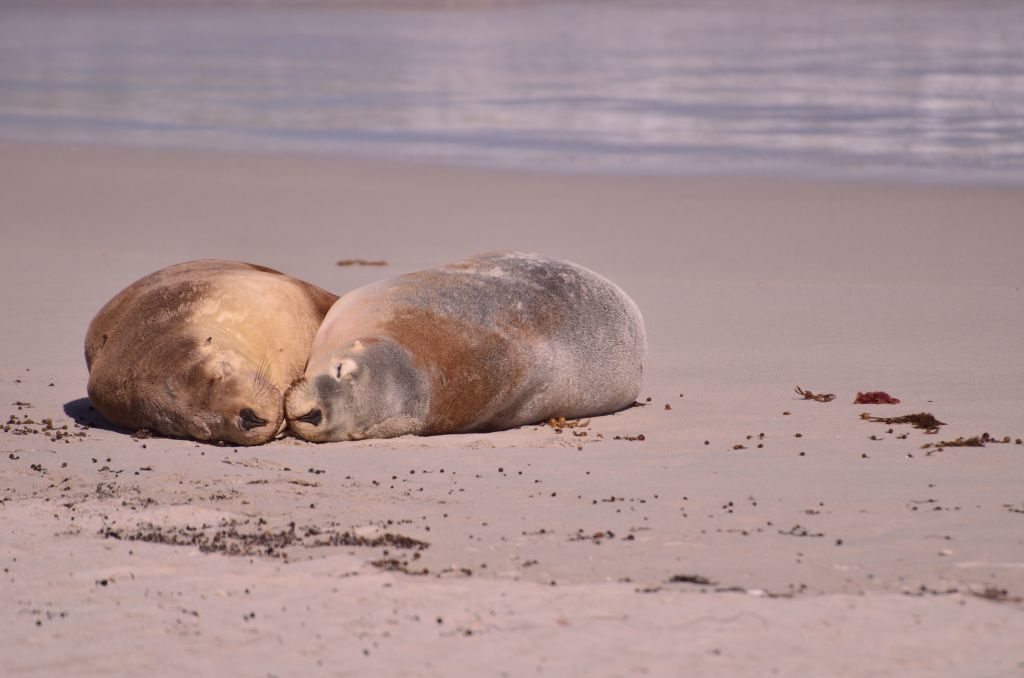
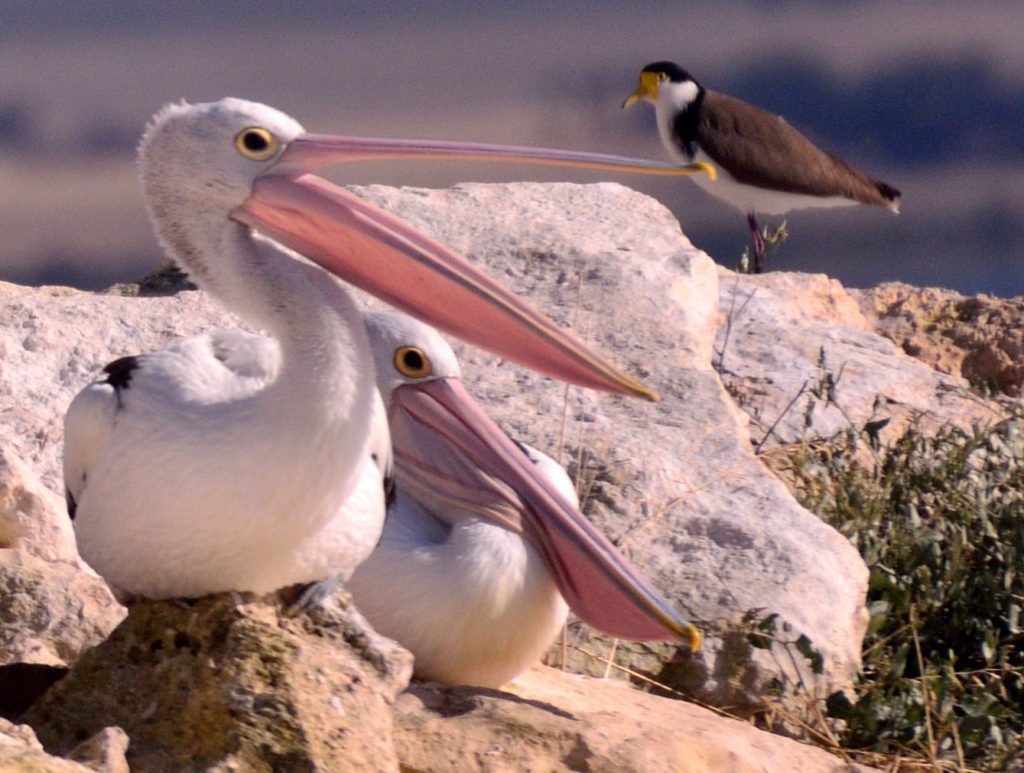
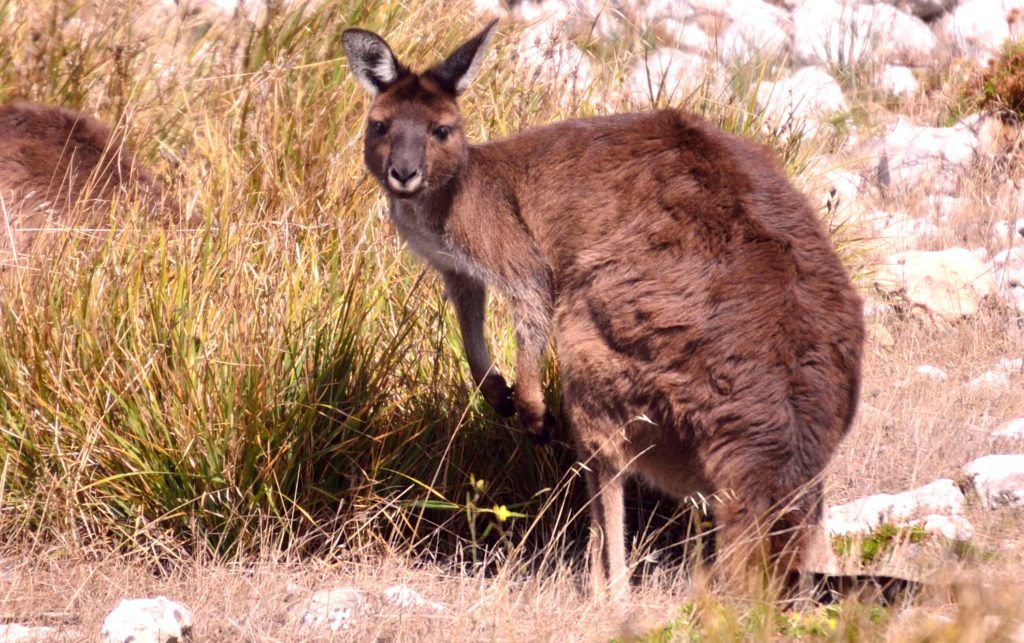
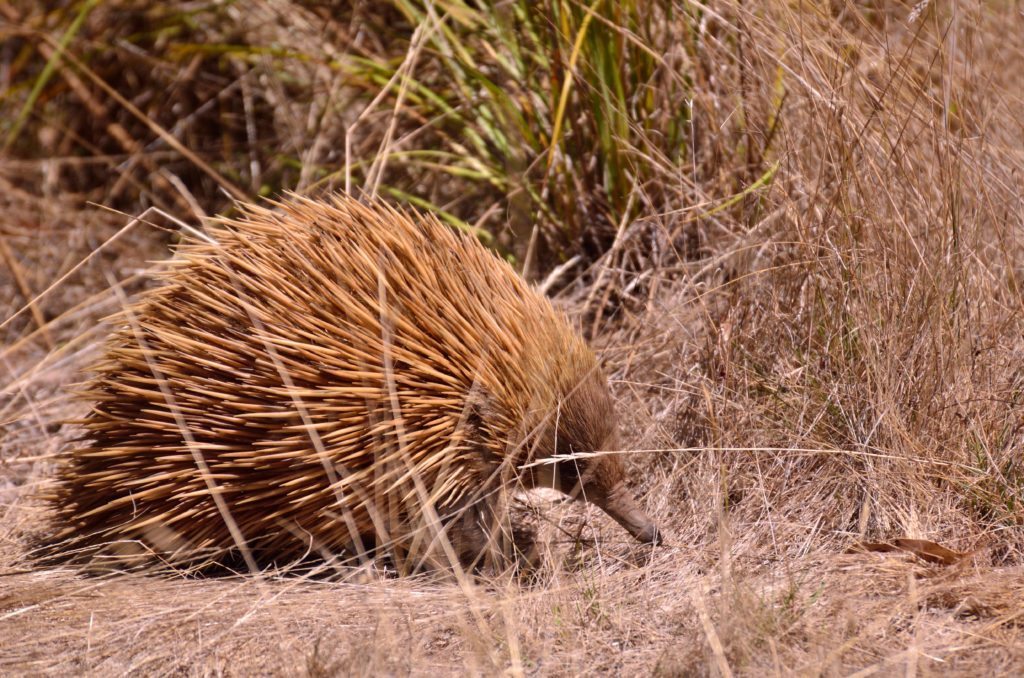
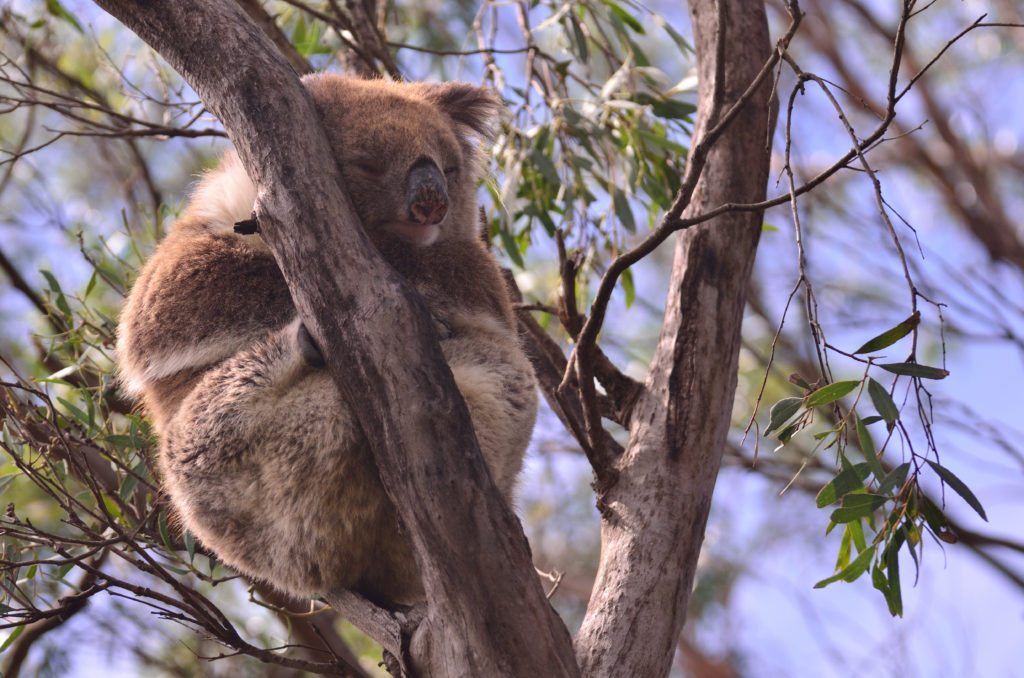
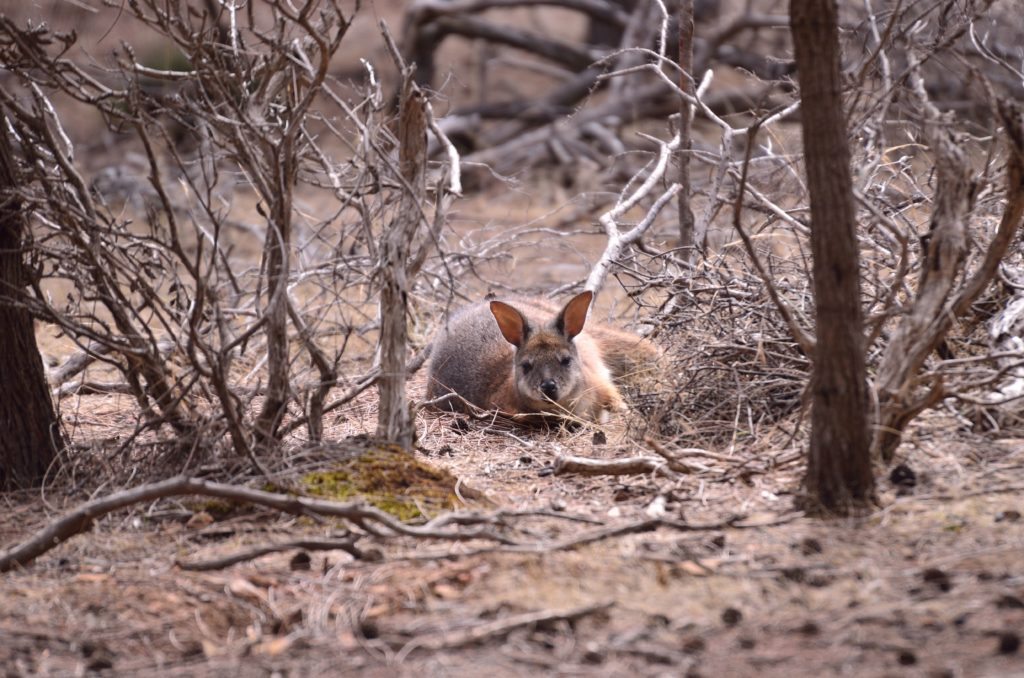

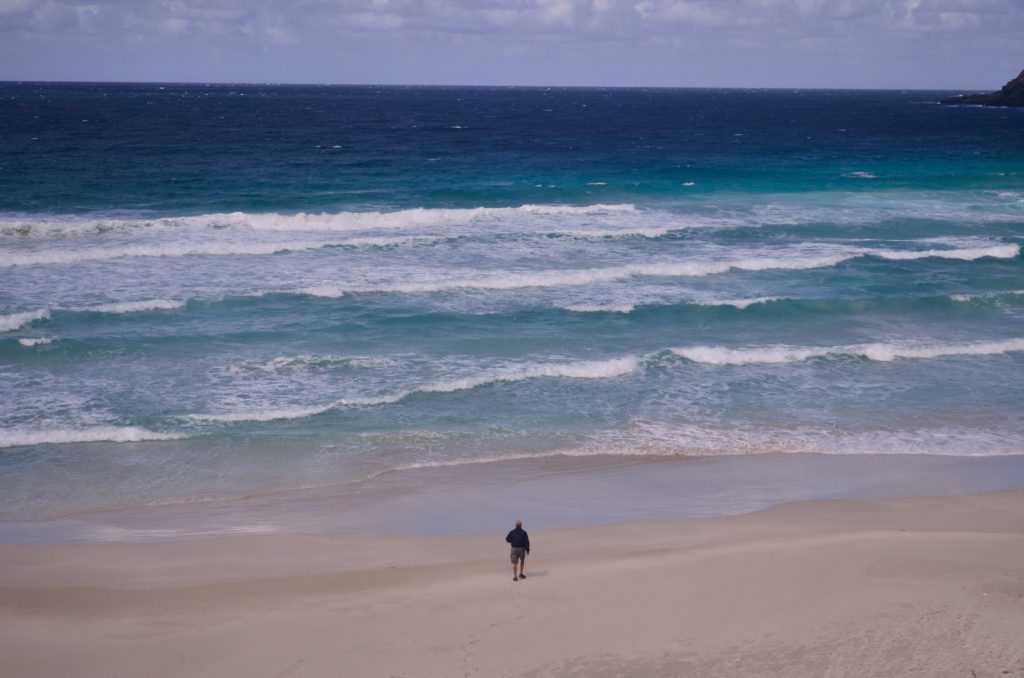
Do you enjoy travel photography? If yes then travel [o] graphy is just the right place to unleash your talent .re-invite yourself to one of it’s kind community – http://bit.ly/1EtS2E1 & stand a chance to win Professional Camera.#travel #photographycontest #contest win